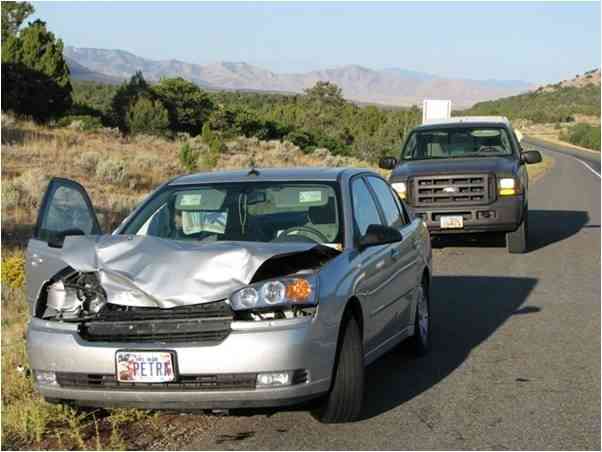Deer-vehicle collisions (DVC) are a common and potentially dangerous occurrence, especially during the deer season, which typically runs between October and December. During this period, deer populations are rapidly increasing, and many of them venture onto roads and into suburban areas, increasing the risk of these collisions.
Frequency of DVCs
DVCs tend to occur more frequently during the winter months when visibility can be reduced due to adverse weather conditions and longer nights. According to data from the Insurance Institute on Highways, deaths resulting from these accidents showed a general upward trend between 1975 and 2000. However, encouragingly, there has been a gradual decrease in these incidents in recent years. In 2021, there were 164 reported deaths resulting from animal accidents that primarily occurred between October and December.
Preventative Measures

To reduce the risk of DVCs, it is crucial to keep your car well-maintained. Many accidents occur because certain vehicle components are not in proper working order.
Automotive expert Nate advises conducting a comprehensive vehicle check to ensure that all parts are in perfect condition.
Additionally, maintaining good-functioning wiper blades for bad weather is crucial, as they can help you spot deer from a distance and provide you with more reaction time during emergencies.
Driving Safely
When driving in areas known for deer populations, it's essential to exercise caution. Deer often dart onto the road from the shoulder. To give yourself more time to react, it's recommended to drive in the lane farthest from the shoulder. By staying closer to the center of the road despite spotting a deer near the shoulder, you increase your chances of avoiding a collision.
Statistics

On average, around 150,000 DVCs occur each year, and these incidents result in substantial financial costs. Insurers pay for the damages incurred as a result of DVCs, with the total damages exceeding a staggering $1 billion annually.
Moreover, DVCs claim between 150 and 200 lives each year. These accidents remain a significant concern for road safety, making it essential to take measures to mitigate their impact.
Reporting DVCs
If you hit a deer with your vehicle, it is advisable to contact the authorities, particularly the police. Not only will this help ensure that the deer is removed safely, but it can also be important for insurance claims. A police report can provide valuable information for your claim and potentially expedite the repair process.
Most Prone Times for DVCs

The most common times for deer accidents are during the hours of sunrise and dusk, specifically between 4 and 6 p.m. During these hours, deer are typically very active, making it a high-risk period for collisions. It's important for drivers to be vigilant during these times and remain aware of their surroundings.
Insurance Coverage
Typically, damage resulting from DVCs is covered by your auto insurance policy. Comprehensive coverage can be particularly helpful, as it may cover repairs or replacement of your vehicle if it has been damaged in a collision with a deer. Ensuring you have adequate insurance coverage is essential to protect against the potentially costly repairs associated with such accidents.
Post-Collision Checklist

After colliding with a deer, it's crucial to verify that your vehicle is still operational.
Check for any leaks in your vehicle, especially if you have a truck, as deer collisions can cause damage to your car's undercarriage.
If your vehicle is not safe to drive, arranging for a tow might be necessary.
Dealing with a Deer on the Road
If a deer suddenly runs in front of your car, it's crucial to remain calm and cautious. Sudden swerving can lead to loss of control and worsen the situation. Deer are unpredictable animals, and they might change direction unexpectedly, so it's best to focus on braking and coming to a stop safely.
Deer-vehicle collisions are a serious issue, especially during the deer season when these accidents are more common. Staying informed about safety measures and insurance coverage is vital for drivers in areas with high deer populations. Being prepared and vigilant while driving can help mitigate the risks associated with these accidents and ensure the safety of both humans and wildlife on the road.



